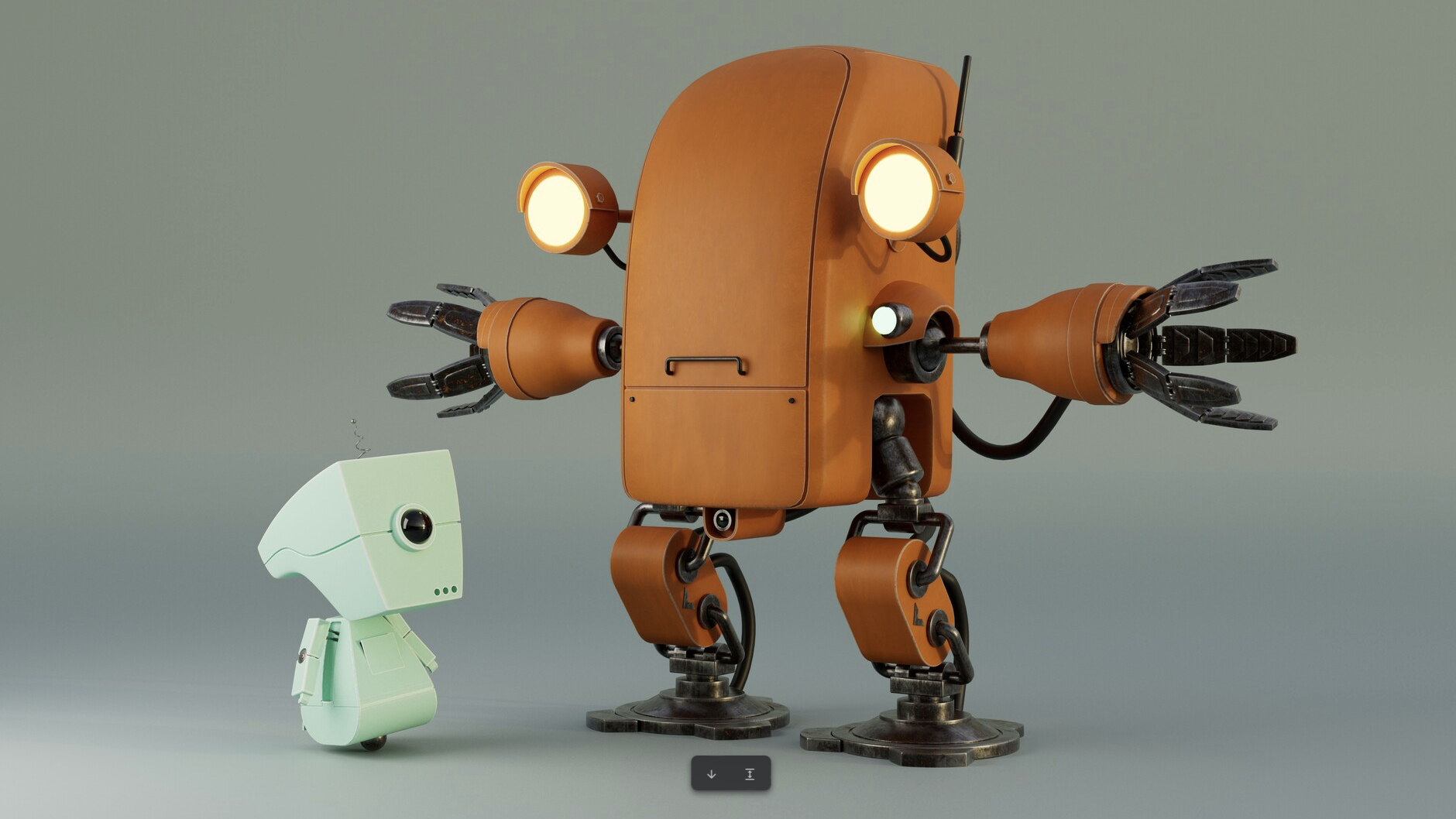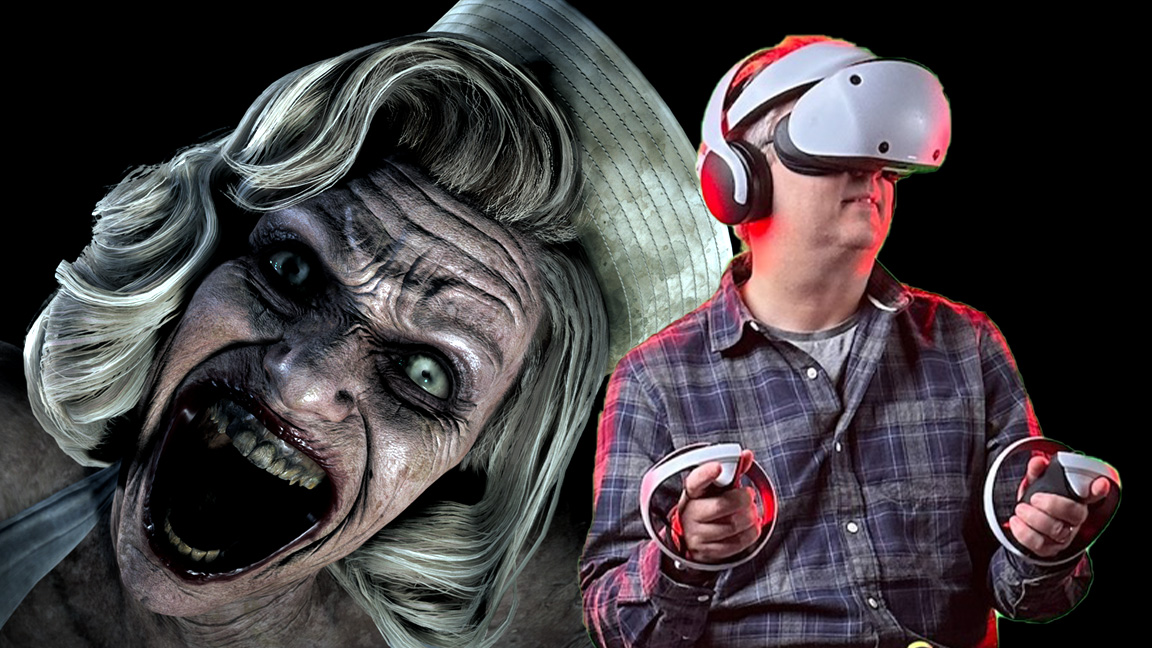
There's a moment in my playthrough of PSVR 2 horror game The Dark Pictures: Switchback VR where everything you think you know about VR games is pushed out of the nearest window and the game begins to actually change depending on where you look and if you blink. Yes, just blinking in this game can affect the world and, well… it points to a whole new way to experience games.
Switchback VR is one of the best games for PSVR 2 and it's not even out yet (this game releases 16 March). It's already my personal favourite games on Sony's new headset. The blink mechanic was devised after the game's director Alejandro Arque Gallardo first saw the PSVR 2 specs, and decided eye-tracking will be crucial. He wasn't wrong.
Read my PSVR 2 review for a general overview of how the headset performs.
The pitch for Switchback VR is simple: after a train crash you get stuck between life and death, and you must ride a rollercoaster out of hell to escape a demoness who really wants you to stay. This simple setup sends you through locations made famous in The Dark Pictures Anthology games for PS4 and PS5, so I find myself rolling through the bowels of a ghost ship, ancient temples, a foggy forest and an abandoned hotel that's not quiet so empty, which is where 'blink' catches my eye.
Switchback VR and PSVR 2 – a match made in hell
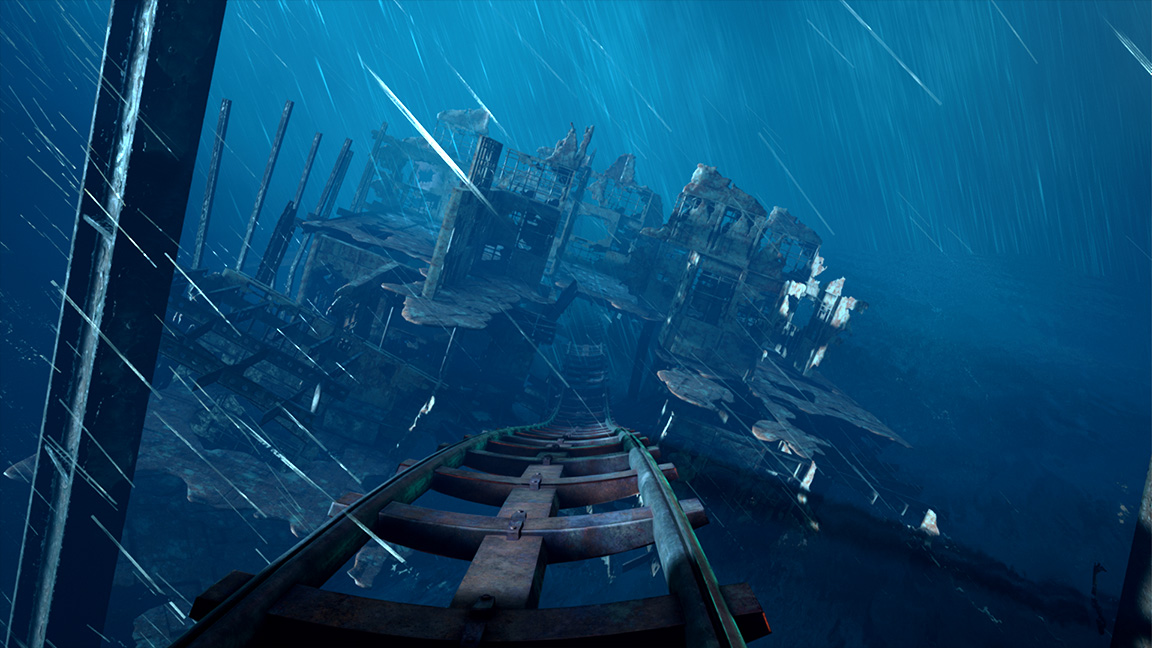
The blink mechanic comes a couple of stages into the game, so by this time I've acclimatised to Switchback VR's mix of jump scares, rollercoaster twists and turns and the need to shoot everything in sight (this is a PSVR 2 updating of the classic light gun shooters like House Of The Dead). On entering the abandoned hotel stage the rollercoaster's cart slows and stops, coming to an uneasy rest in a room with a couple of mannequins.
"Ah, I think," no problem, "I've been shooting creepy dummies in games for decades". My casual confidence is rocked when I dare to blink my eyes, and one moves with an eerie crack. I blink again and two more appear; creaking and snapping more and more mannequins begin to surround me. It's flippin' unnerving and made me feel vulnerable and uneasy. Fundamentally, it made me feel something. Switchback VR is virtual reality at its immersive best.
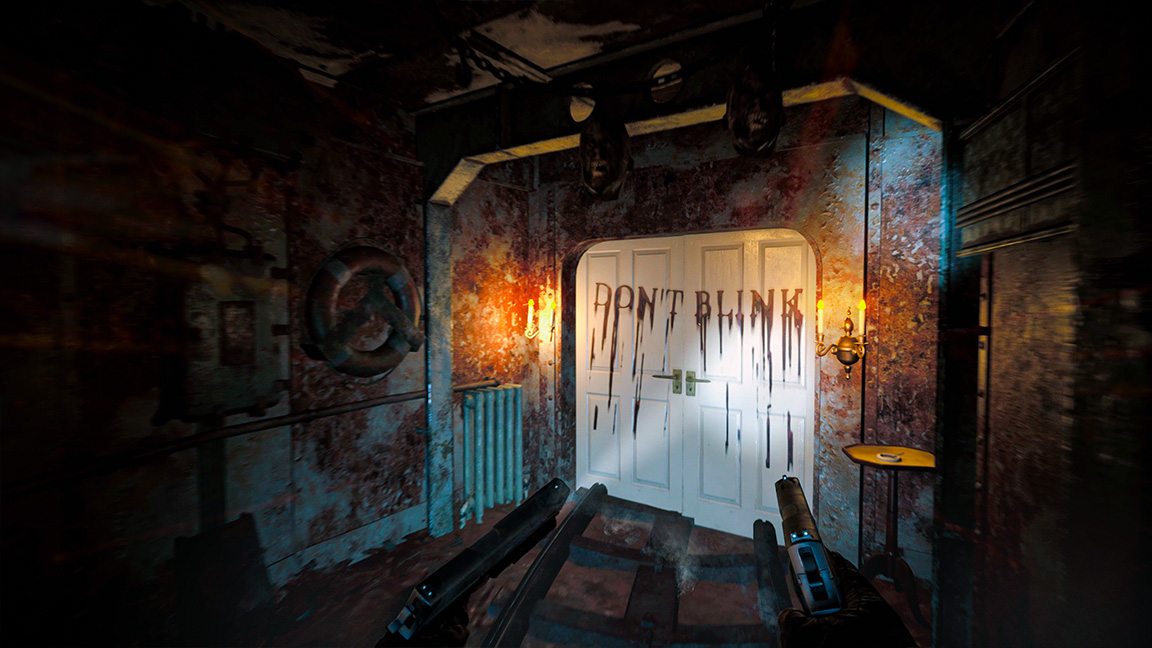
The eye-tracking technology in PSVR 2 is so advanced Alejandro Arque Gallardo says the game will even monitor and react to things in your peripheral vision. He explains how "we can [monitor] the movement of enemies in the corner of your eye [and] not only the enemies, but the environment too".
Get the Creative Bloq Newsletter
Daily design news, reviews, how-tos and more, as picked by the editors.
Gallardo details how a scene I played through earlier (I'm playing a pre-release build of the game at developer Supermassive Games' UK studio) could have been so much worse. The moment occurs when my rollercoaster cart slowly crawls through a corridor of mirrors past mechanical mannequins dripping in rotting flesh, looking at their own reflections in large dusty mirrors. These enemies will multiply and attack if I blink but, just as startling is how the environment will change too, with the lighting shifting tone and the whole atmosphere changing depending on how I react.
During the prototype stage for the use of eye-tracking. The team created a room filled with bodies hanging on walls and every time a player blinked more bodies were spawned. Gallardo says they questioned if this would even work, "that fear you have when you start to embrace something new," and remembers how, "our minds kind of exploded every month," as the idea was pushed further. "[We] haven't seen this before," he says excitedly.
Switchback VR has one message, try not to blink
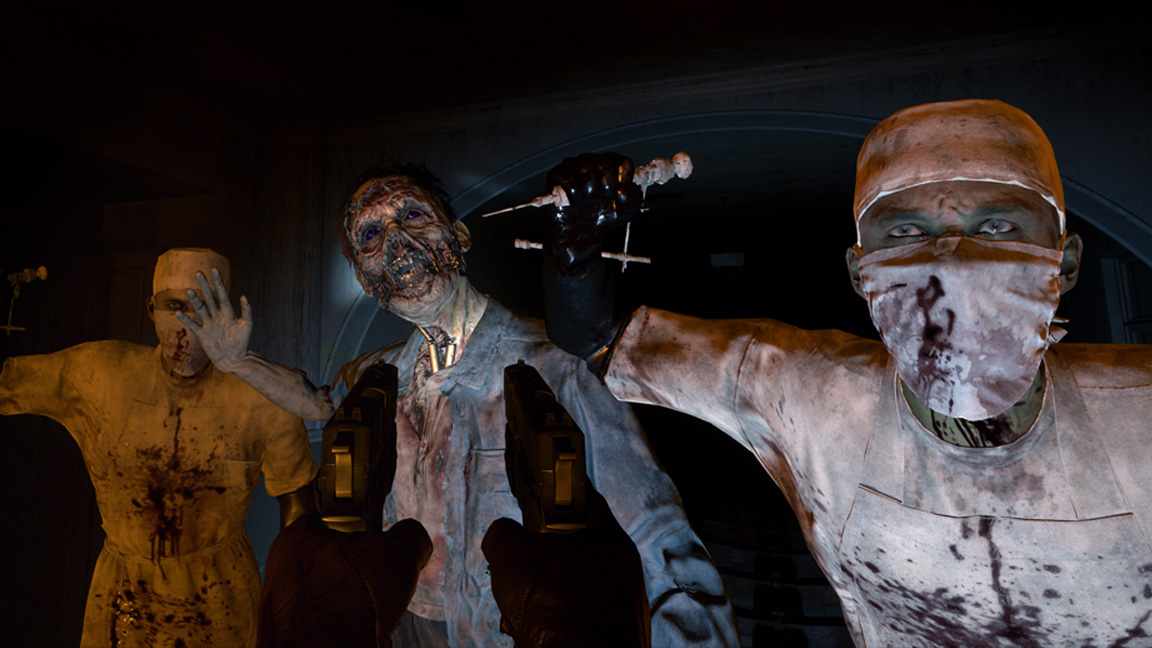
Switchback VR uses eye-tracking in more subtle ways than you'd think, too. Of course there's the Dr Who Weeping Angel's shock of the mannequin scene but eye-tracking is everywhere in this game, including an encounter where enemies come to life if you look at them, or stand rigid if you stare back into their dead eyes – this creates a tense and even tactical moment late in my playthrough where I have juggle enemies by staring them down in an attempt to manage a dose of maniacal surgeons.
"We do a lot of that stuff to make you feel it is your journey," explains Gallardo. This is where PSVR 2 can really make a difference in new approaches to game design, by tailoring a game's experience to how a person behaves and delivering a new level of immersion.
This idea of immersion is not new in VR but Switchback VR and the use of eye-tracking, along with Supermassive's implementation, points to a future where horror gaming and VR are really an ideal match, one made in hell, if you will.
Playing Switchback VR, I encounter many moments that another player may not discover, simply by where I look and if I blink This can include simple changes in paths – shooting a signal takes my cart down left or right tracks, into speedy rollercoaster sections where I need to physically duck to dodge hazards or even into puzzle rooms that can only be solved exploring the environment with the beam from a UV light.
Gallardo tells me, "We try to always give you something to explore and nothing is ever the same". On reflection, tailored horror experiences in VR can deliver something few other genres manage – pacing. Jump scares rely on timing and this means the nausea, which can plague many VR games (read my piece on PSVR 2 motion sickness) is absent in Switchback VR. I played Switchback VR for 40 minutes straight and felt fine.
Switchback VR feels finely crafted to play. There's a balance to the pacing that surprises but also allows for moments of calm. A speedy rollercoaster section that sends you rumbling through a dark tunnel and up, up and out is then slowed to a crawl before embracing shooting or puzzles. This is a game about shocking but also balancing the senses, and horror is an ideal canvas.
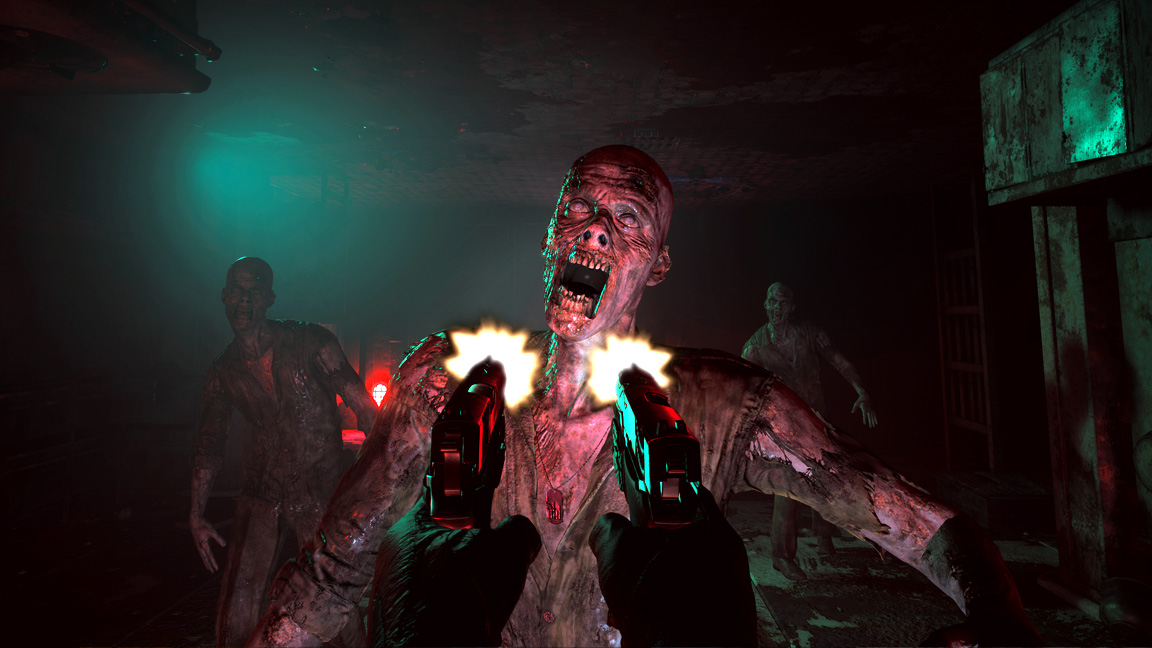
Switchback VR on PSVR 2 demonstrates how new hardware can inspire inventive game design. After playing the game I came away obsessing over the new eye-tracking technology and how the team at Supermassive Games is approaching designing for VR with this use front and centre.
After some tense early moments I began to lean into my new freedom, to look around this horror world and find my own personal experiences. I naturally started to glance a torch beam down dark corridors, exploring their dim corners for a fun surprises.
There's a moment in the abandoned hotel stage where I'm wheeled through an audience of zombies. On stage a petrified couple dance in a spotlight, but all eyes are on me. Every face in the room slowly turns with a broken, audible 'crack' to stare at me. This is the kind of uneasy sensation only horror in VR can muster. Supermassive Games could be onto here.
Supermassive Games' The Dark Pictures: Switchback VR will be released on 16 March for PSVR 2. You'll need a PlayStation 5 to play it too, and honestly, I can't think of a better reason to get Sony's new console and headset.
Read more:
- PSVR 2: everything you need to know
- PSVR 2 developer shares UI design secrets
- PSVR 2 reaction from ILMxLAB

Thank you for reading 5 articles this month* Join now for unlimited access
Enjoy your first month for just £1 / $1 / €1
*Read 5 free articles per month without a subscription

Join now for unlimited access
Try first month for just £1 / $1 / €1

Ian Dean is Editor, Digital Arts & 3D at Creative Bloq, and the former editor of many leading magazines. These titles included ImagineFX, 3D World and video game titles Play and Official PlayStation Magazine. Ian launched Xbox magazine X360 and edited PlayStation World. For Creative Bloq, Ian combines his experiences to bring the latest news on digital art, VFX and video games and tech, and in his spare time he doodles in Procreate, ArtRage, and Rebelle while finding time to play Xbox and PS5.
